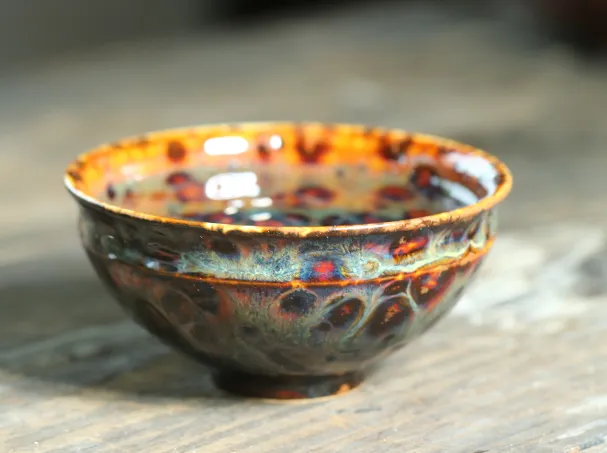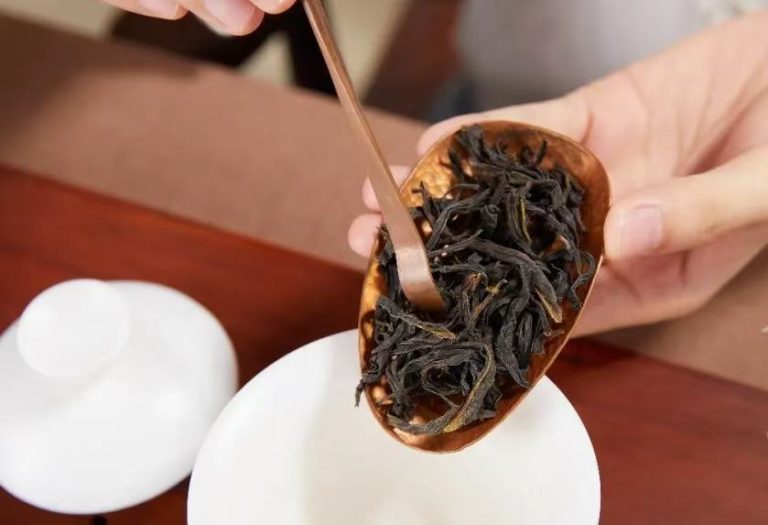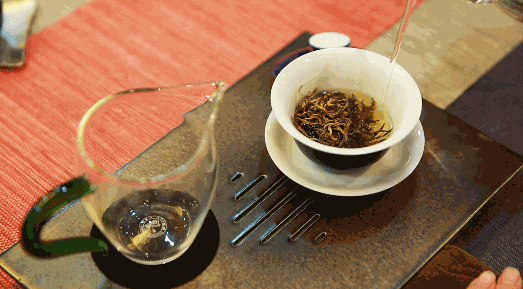A leaf, falling into the water, changes the flavor of the water, and from then on there is tea. People in the tea, and the Buddha, Buddha in the heart, and tea communion. Tea has become a habit in life, and has become an indispensable confidant of the practitioner. Just how many people, you can be turbulent and restless years, drink to the water is still no waves. How many people can be turbid and confused world image, drink to pure and clear.
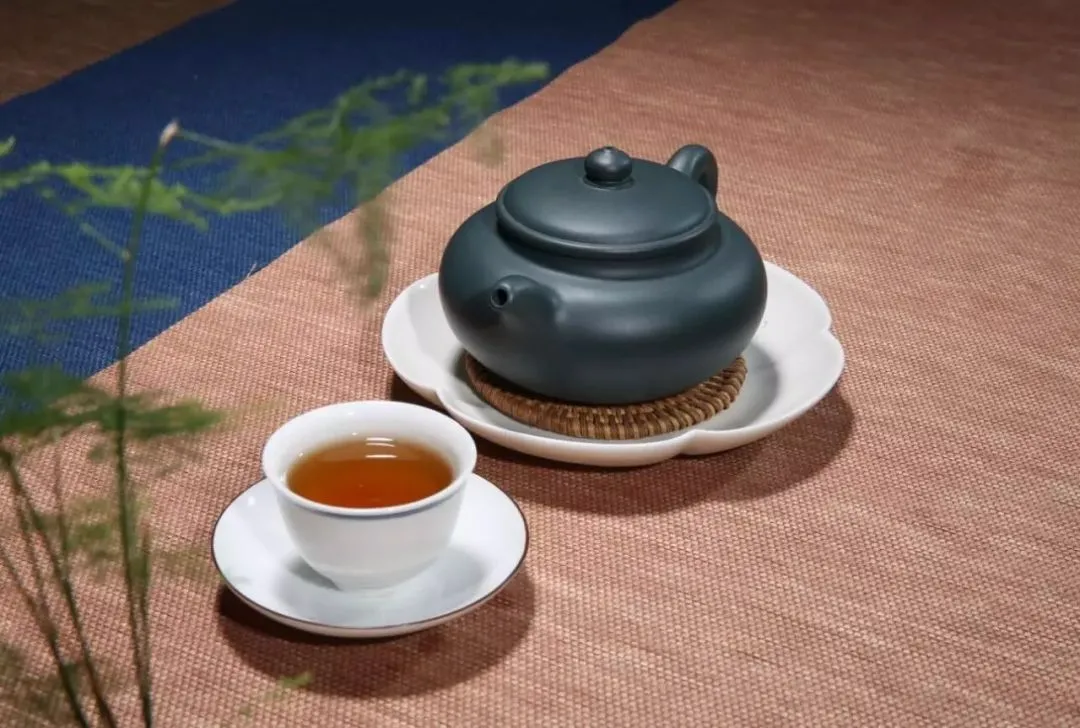
Everyone will drink tea, but not necessarily make tea. Currently, there are many types of tea, the water quality difference is obvious, brewing technology is different, each person brewed tea color, tea flavor, tea flavor must be different. Even with good tea, good water, good tea, if you do not have a good grasp of the tea brewing process and technology, it is difficult to really make a good cup of tea.
This is a good tea, but why do you bubble out of the flavor so bitter, aroma so low, and even let the drinkers are skeptical of this tea is not worth buying. But some people tend to be able to make a very hot tea, out of its best side. It’s not that simple to make a good cup of tea.
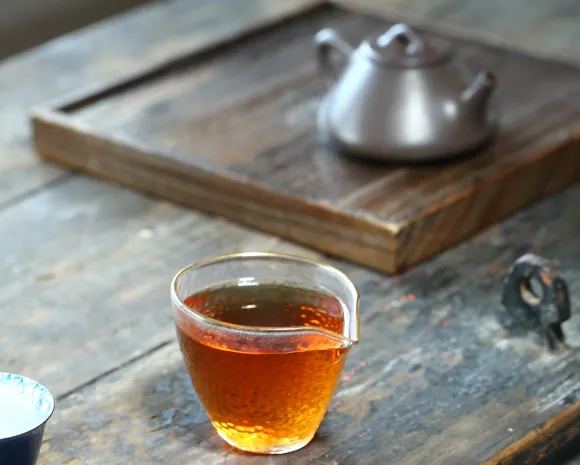
Brewing tea is a technique but also a learning experience
Brew a good cup of tea, must have five conditions: water quality, water temperature, the amount of tea, time, mood.
1.water quality
Water is the mother of tea. Water for tea, like water for fish, fish get water active, tea get water is more of its fragrance, color, taste. Choose water first choose source, water has spring, stream, river, lake, well water, rain, snow water, but only meet the “source (source), live (flow), sweet (sweet), clear (clean), light (weight)” five standards of water is considered good water. Tea Sage Lu Yu has “mountain water, river water, well water,” the idea of water. Contemporary scientific tests for tea water quality evaluation results – spring water first, deep well water second, distilled water third, tap water is the worst.
2.water temperature
Water temperature is different, the color, aroma and taste of the tea will be different, and the chemical composition of the tea will be different. Usually, the temperature of tea water and tea category, tea raw materials are closely related, such as the more coarse old raw materials processed tea needs to be directly brewed with boiling water, while the tender raw materials made from the tea needs to be cooled down after the brewing of boiling water. Specifically, Longjing, Xinyang Mao Jian and other high-grade tender green tea should be used to reduce the temperature to 80 degrees of boiling water, oolong tea and other green tea should be hot with a tea utensil and then soak, brick tea and other steamed tea should be used to more than 100 degrees Celsius of boiling water, preferably decocted and then drink.
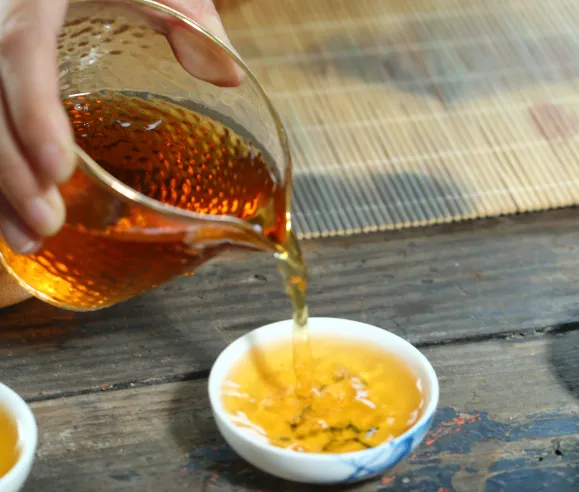
3.the amount of tea
Do you know, soak different types of tea in addition to put different amounts, but also consider the capacity of the tea brewer, not all the amount is put 3g, 5g or 7g. home with electronic weighing if easy to remember the two data basically not afraid to make a big mistake.
Cover bowl capacity of 110ml, black tea, green tea, white tea, flower tea, yellow tea and other types of tea, generally 3g can come to a bubble, and oolong tea, black tea, pu-erh tea generally need 7g to 8g to become a bubble. Normally, according to this ratio, the tea is basically in a more palatable state. But the specific amount, according to their own taste, and then adjusted on this basis. There is no weighing partners is the test of the eyesight of the time, this is to rely on a long time to soak down the feeling.
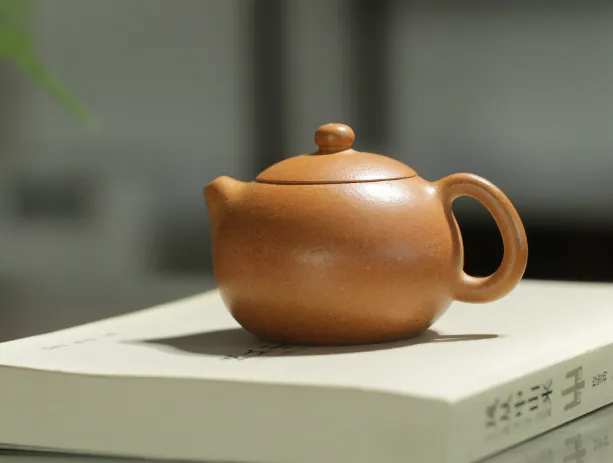
Black and green teas are easiest to just cover the bottom of the gaiwan, they don’t require much.
White teas are generally more airy and fluffy if they are not pressed. White peony and shoumei teas require one-half of the bowl, silver needles one-fourth, and cake teas one-fifth.
For striped oolongs, only one-fifth to one-third of the volume of the bowl is needed. Tight, spherical oolongs are generally heavier, as long as the bottom of the covered bowl is spread out.
Puerh tea cakes (tightly pressed tea) are generally denser, and only need one-fifth of the volume of the covered bowl to easily give you a good cup of tea.
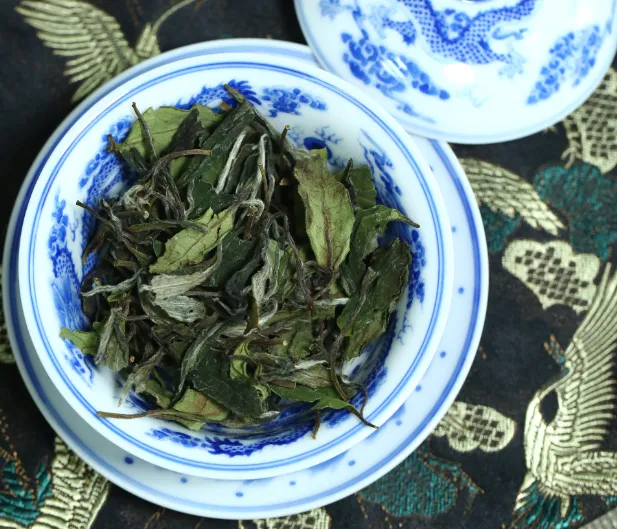
4. time
The time and number of tea brewing, and tea category, water temperature, the number of tea and tea drinking habits have a certain connection.
- when filling the water, the water column is best not to collide directly with the tea, so as to make the tea soup smoother.
- Secondly, the thickness of the water line is different, out of the tea soup aroma, flavor is also different, the water line is thick conducive to the stimulation of the aroma, the water line is thin to make the tea soup better performance of the inner texture.
At the same time, as a novice, you only need to pay attention to the whole process of water injection is not intermittent, to maintain the rhythm of water injection, to achieve a smooth state can be.
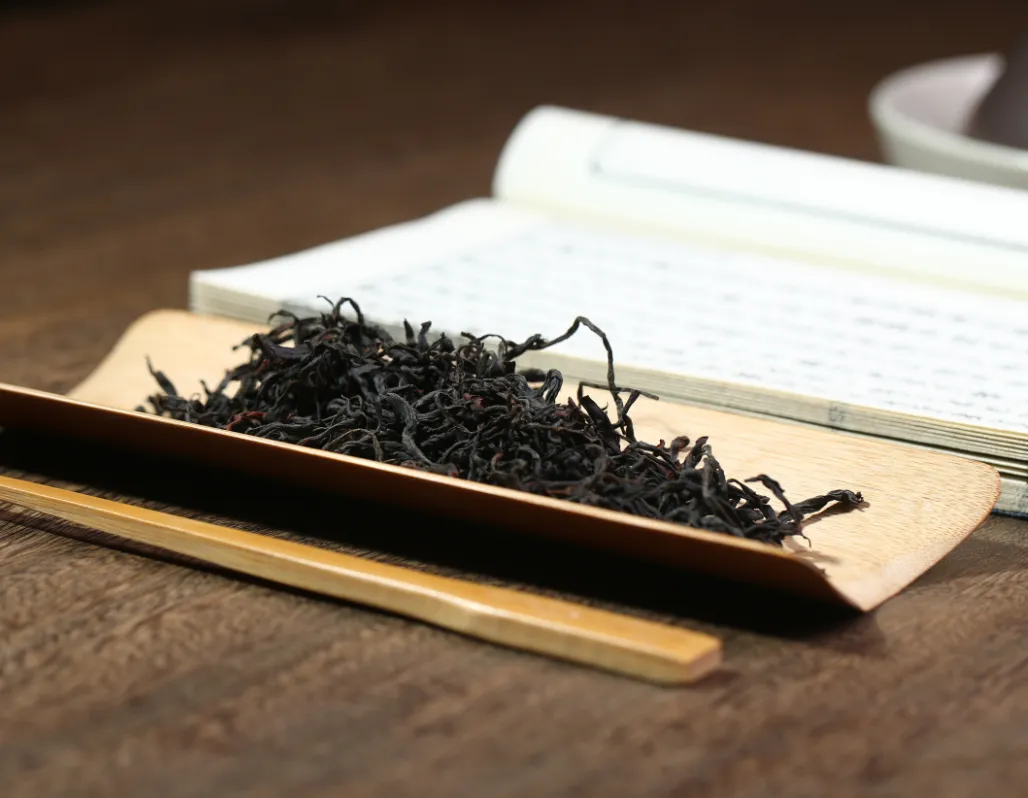
Cover the lid before rushing to break the fingers, counting the soup time in mind, and then a careless, out of the tea soup and bitter and astringent, hard to swallow. Soup time is actually very important.
For beginners, after filling the gaiwan with water, you can follow the brewing timings we have mentioned without making any mistake. Of course, you also need to adjust the brewing time according to your own preferences.
5.Mood
Good mood is the key factor to make good tea. Brewing tea is not only to feel the aroma of tea, but also a dialog with nature. In the tea industry, there is a “one person to get God, two people get fun, three people get taste”, which is the embodiment of a good mindset of the tea brewer. Only in a normal state of mind, in order to brew the highest quality, the purest taste.
If you want to make a good tea, in addition to grasp the water quality, water temperature, tea, time, mood, but also pay attention to the orderly and elegant brewing method and action, in short, tea is not only a technology, but also a discipline, worthy of tea lovers, tea tasters to explore.
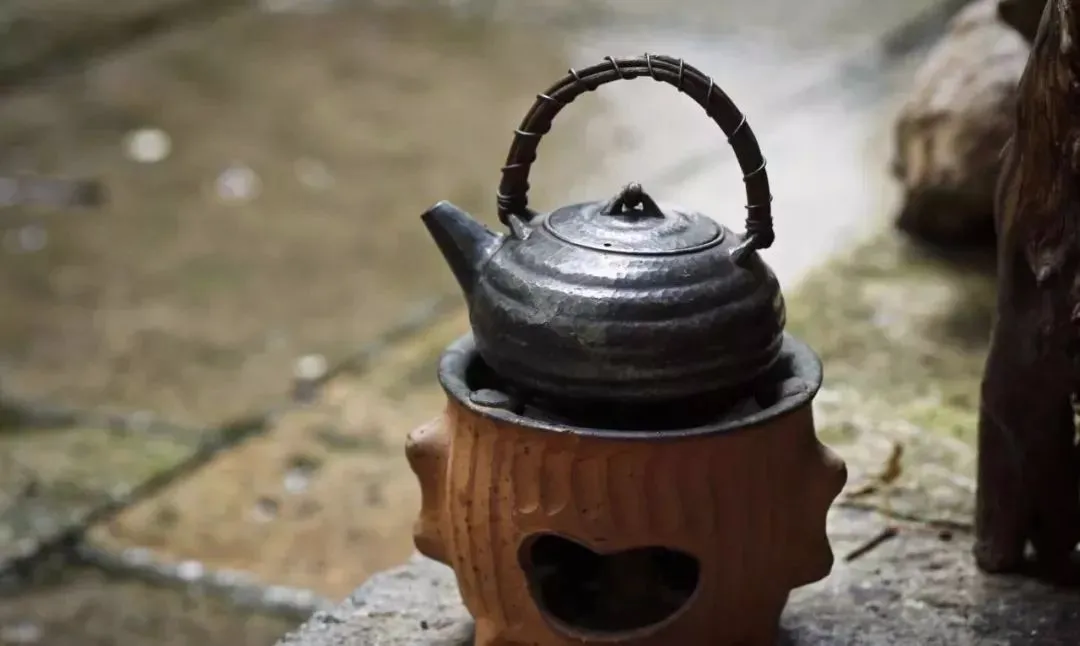
Tea is a courtesy but also cultivation
Since ancient times, China has a folk tradition of honoring tea when guests come. As early as 3000 years ago in the Zhou Dynasty, tea has been honored as a gift and tribute. Two Jin Dynasty, North and South Dynasty period, guests to tea has become the social etiquette of interpersonal communication. Since the Tang and Song dynasties, tea has become a daily ritual. To date, the Inner Mongolia Autonomous Region, Qinghai Province and other regions there is even “to milk tea” custom.
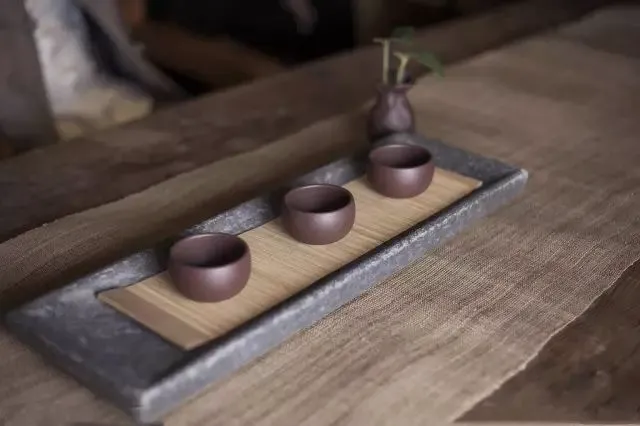
Usually, the tea ceremony contains four parts: preparing tea, taking tea, honoring tea and renewing tea.
In the preparation of tea, tea cups, teapots, trays and tea canisters, boxes and other tea utensils must be clean, to be seated guests, take the initiative to ask the customer whether there are special requirements for the tea to drink.
In taking tea, to use tea spoon, tea spoon and other special utensils, according to the variety of tea to determine the amount of input, as far as possible without hand, so as to avoid hand gas or odor confusion affect the quality of tea.
In the tea ceremony, the tea cup should be placed in front of the guest’s right hand, and when inviting the guest to drink tea, the tea cup should be placed on the tray and served with both hands, and the fingers should not touch the rim of the cup.
In the renewal of tea, tea cups from the table, legs one in front of the other, sideways to pour the tea into the guest cup, can reflect the elegant demeanor.
When the guests and hosts talk while drinking tea, add hot water in time, reflecting the respect for the guests.
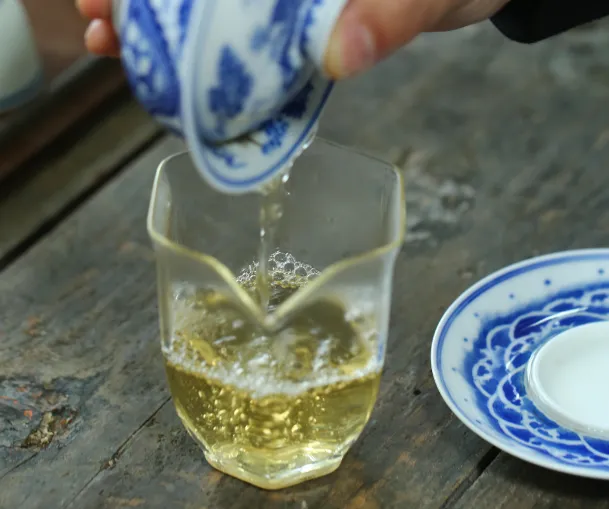
There are four details that require special attention when serving tea to guests:
- shallow tea full of wine
As the saying goes: wine full tea half. Serving tea when poured into the tea cups of tea is not too full, to eight full is appropriate. The water temperature should not be too hot, so as not to accidentally be burned guests. Such as full teacups, not only hot mouth, but also implies the intention of expelling guests. - the action of tea
Tea should be served to the people in the seat said “sorry”, and then the right hand tea, from the right side of the guests served, with a smile, eyes on the other side and said: “This is your tea, please enjoy it!” The guest should stand up and say “thank you”, and receive the tea tray with both hands. - tea expression
Tea ceremony tea expression should be gentle, smiling, friendly and dignified, in order to leave a good impression on the guests. - the order of tea
Tea should be served according to the order of the position of the first end to the high position of the guests or guests in the elderly, and then according to the position of the high and low end to their colleagues, if the same generation, should be the first to ask the lady with tea.
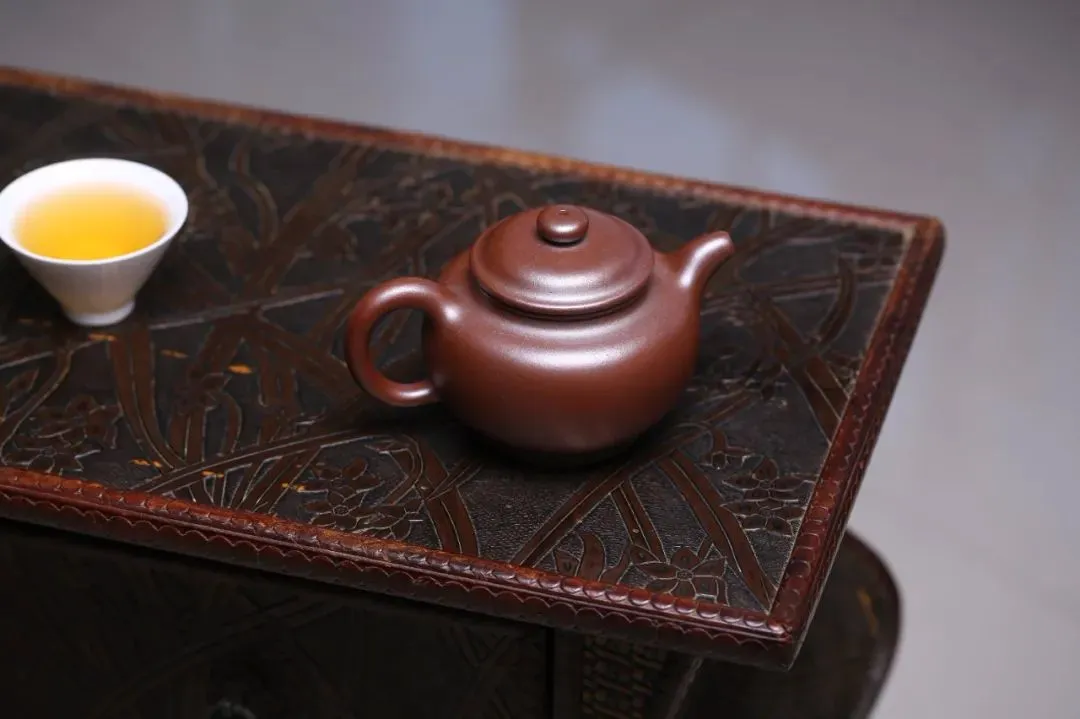
Tasting tea has the way, tea ceremony has the etiquette. Tea ceremony activities in the tea ceremony in addition to tea, but also contains bowing, stretching the palm salute, moral salute and other etiquette. In the process of daily hospitality, tea etiquette needs to be combined with the usual life, constantly practicing, if the tea tasters have a deep understanding of tea, these details of tea not only reflect the welcome and respect for guests, but also reflect the tea taster’s own taste and cultivation.
Tea storage is common sense but also skills
Tea has like warm and dry and hate cold and wet, like turbidity and avoid aroma and odor and other characteristics. This is the storage of tea containers and storage methods have high requirements. Since ancient times, storing tea is a life problem. As a clean thing, tea is susceptible to moisture, easy mold and absorb odors, and once the mold into a defeat tea, no matter what method is difficult to recover, the same as waste. For this reason, tea must be properly stored.
Ancient and modern, people have never stopped exploring the innovation of tea storage. Ming Dynasty love tea aristocrat Feng Mengzhen in the “fast snow Hall Records” wrote: “real tea urn, the bottom of the Ruo, sealing inverted, then over the summer is not yellow, in order to its gas is not at the leakage also.” This shows that the Ming Dynasty has been used to dry and reduce the method of gas exchange to maintain the quality of tea valuable experience.
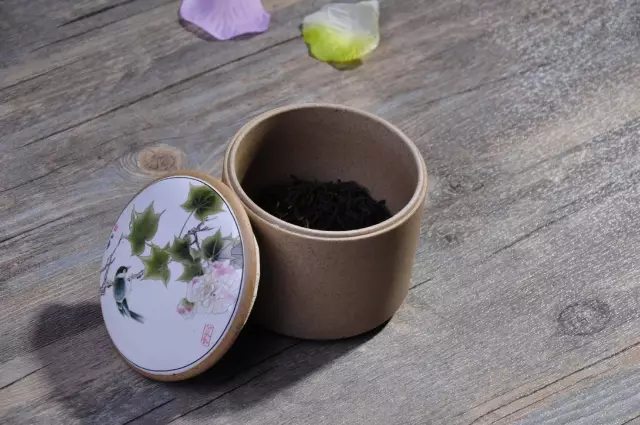
Storage of tea should be divided into different types according to the actual situation, for example, bulk tea and home tea storage methods are different, unfermented tea, semi-fermented tea, fully fermented tea storage methods will also also have a big difference.
For example, bulk tea storage, in addition to the traditional lime block storage method and charcoal storage method, you can also use the extraction of nitrogen filling method, freezer storage method.
Household tea storage methods are mainly the following five:
- iron, tin, colored glass bottles and ceramic containers closed storage;
- lime, charcoal and other desiccant storage;
- 5 ℃ below the refrigerator storage;
- good insulation performance of the warm water bottle storage;
- the new and tasteless, non-porous plastic food bag storage.
For example, there are different storage requirements and methods for unfermented tea, semi-fermented tea and fully fermented tea. Unfermented teas include white (e.g. Shou Mei, Silver Needle White Hair, etc.), yellow (e.g. Junshan Silver Needle, Huangshan Maofeng, etc.), and green (e.g. Longjing, Biluochun, Xinyang Maojian, etc.) teas. Unfermented tea contains a high amount of vitamins and active nutrients, and is most susceptible to the effects and damage of sunlight, moisture and odor. Once exposed to sunlight and moisture, the tea leaves will change color, taste and quality. Green tea must be protected from sunlight, moisture and odor by storing it either in a cool and ventilated place or in a freezer. Semi-fermented tea mainly includes green tea, oolong tea, etc. It has the characteristics of both unfermented tea and fully fermented tea.
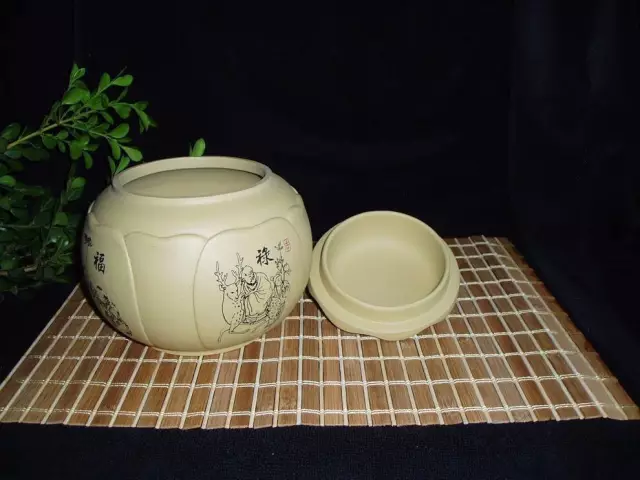
There is a basic law of tea storage: no matter what kind of storage method, the tea container should be airtight, light, dry, low temperature, odorless, and the better the container is airtight, the easier it is to maintain the quality of tea, the longer the container of tea preservation time is relatively long.
For tea tasters, tea lovers or tea sellers, tea storage is not only a kind of common sense, but also a skill. Storing good tea is the basic link of making good tea and tasting good tea, and it is also a necessary means, which should not be neglected.
